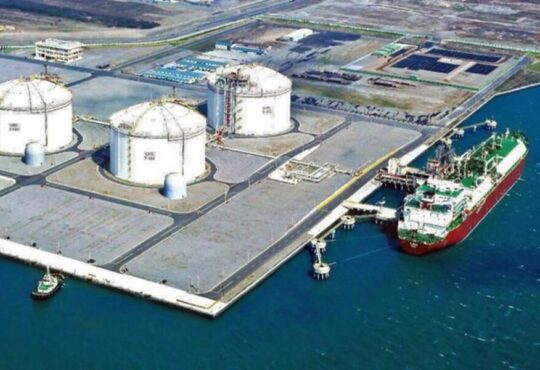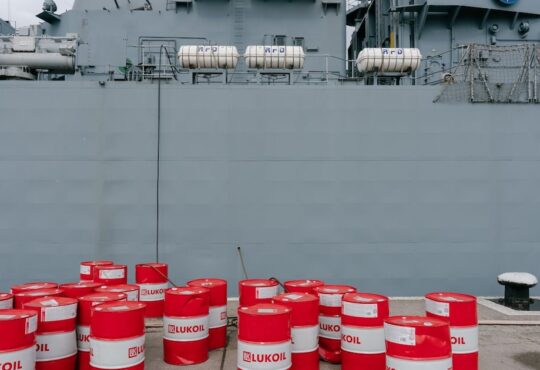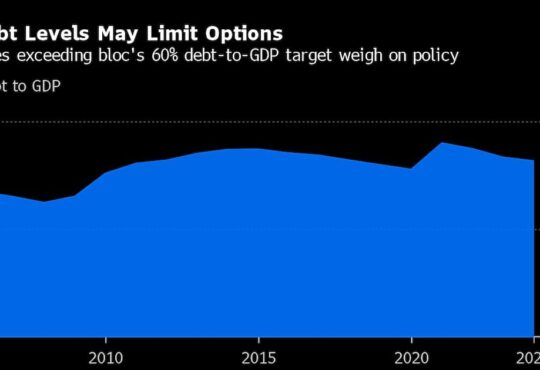
Petoro delivered a net cash flow from the State’s Direct Financial Interest (SDFI) of NOK 180 billion as of the end of the second quarter of 2023. Net cash flow for the second quarter alone was NOK 63 billion.
‘Petoro turned in yet another good quarterly profit, despite declining gas prices and certain production shutdowns in the second quarter. This illustrates that the SDFI portfolio, with its more than one million barrels produced per day, is solid and creates results,’ says Petoro CEO Kristin F. Kragseth.
Projections point to continued high revenues and strong cash flow over the next few years, in which the Troll and Johan Sverdrup fields form an important pillar in the SDFI portfolio. Johan Sverdrup set a production record in May – 755,000 barrels of oil per day. This alone accounts for one-third of Norwegian production, or about seven per cent of daily demand in Europe.

“Profitable blue hydrogen production will demand a large-scale, long-term mindset. It’s important to acknowledge that our known gas reserves on the Norwegian Shelf fall far short in such a scenario. Maintaining robust exploration activity is crucial,” says Kristin F. Kragseth. Photo: Elisabeth Tønnesen
‘A fantastic record, and every single week this one field can be credited with adding nearly four billion new kroner to the Government Pension Fund Global,’ says Kragseth.
In late June, the Ministry of Petroleum and Energy approved a record number of new development applications on the Norwegian Shelf. Petoro participates as a licensee in the Irpa, Verdande, Dvalin Nord and Maria fields, where total expected recoverable resources are 267 million barrels of oil equivalent. The energy content in the gas from the Dvalin Nord field alone is equivalent to nearly one entire year of overall Norwegian hydropower generation.
‘Flourishing activity on the Norwegian Shelf over the next few years and the resulting pressure on deliveries of goods and services highlight the importance of careful monitoring of project progress and quality,’ Kragseth says.
Higher costs increase the challenge of achieving the industry’s climate goals leading up to 2030, an issue also highlighted in the most recent Konkraft report.
‘The industry is working diligently to find solutions that will enable us to reduce emissions from the Norwegian Shelf by 55 per cent by 2030. Many solutions have already been approved, but we see that it’s becoming more challenging to ensure that we make the remaining measures good enough. Both the discussion surrounding and the access to power from shore, coupled with higher cost levels, are significant contributors to this challenge. Electrification with power from shore is still the best alternative we have, both as regards the time it takes to implement such measures, as well as the costs,’ says Kragseth.
In May, the authorities published a report on value chains for hydrogen, including topics such as which considerations must be taken and which trade-offs might be needed in order to position Norway in a future hydrogen market. The report points to the fact that national consumption is insufficient to trigger investments in production of blue hydrogen. On the other hand, demand for blue hydrogen in the EU is projected to be so great after 2030 that it could trigger such investments. In a high demand scenario, natural gas consumption in 2050 will be 31% of the current gas production level.
‘Profitable blue hydrogen production will demand a large-scale, long-term mindset. It’s important to acknowledge that our known gas reserves on the Norwegian Shelf fall far short in such a scenario. Maintaining robust exploration activity is crucial,’ Kragseth says.
Second quarter results
HSE results reveal a positive trend, in which serious incident frequency over the last 12 months has gone down from 0.54 at year-end to 0.51.
Net cash flow from SDFI in the oil and gas activities was NOK 180 billion as of the end of the second quarter, a reduction of NOK 54 billion from the same period last year. This was primarily caused by reduced prices for both oil and gas, as well as planned and unplanned production shutdowns. Net cash flow in the second quarter was NOK 63 billion.
Overall oil and gas production was 1,004 thousand barrels of oil equivalent per day (kboed), 32 kboed lower than for the same period last year.
Source: Petoro






